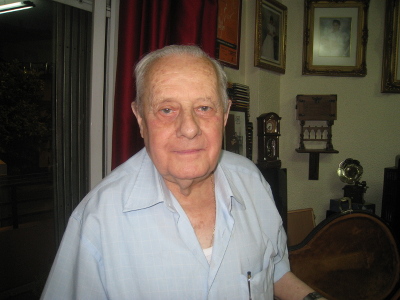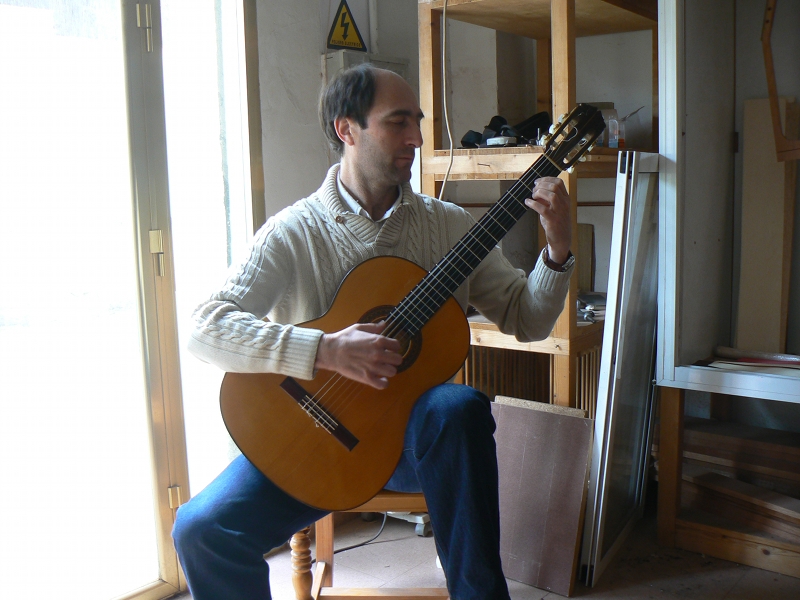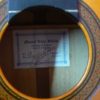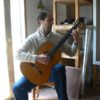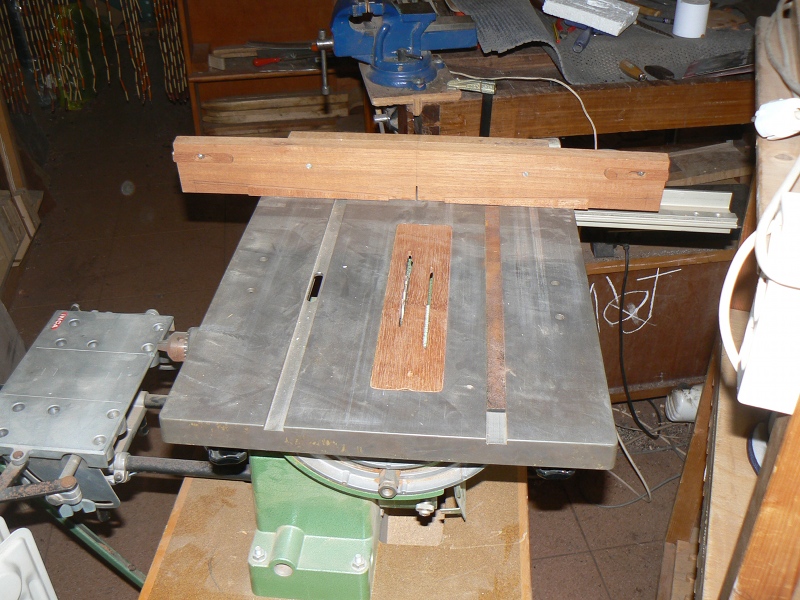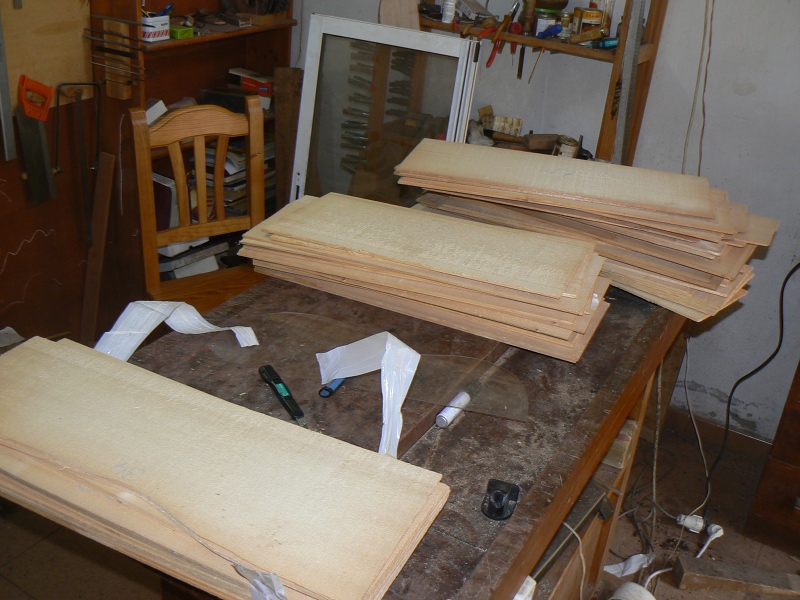The idea to write something about this maker comes from the book that is being put together about the guitar-makers of Granada. The author did the interviews back in February and wasn’t able to get in touch with Juan Román so there is nothing about him in the article which could be described as a timeline of the living makers. However, I went to visit Juan a few days ago just to get some information for his catalogue page in the book as the cut-off date for additions was yesterday. There might be some criticism about including him in the book because the makers wanted the book to be limited to active builders (Juan is retired). At the same time a few makers (Rafael Moreno for one) thought it important for Juan to be included. Thankfully, the author has the last word.
Juan Román Padilla was born in Granada on August 25, 1928. His education started at the age of 14 at the art school here in Granada (Escuela de Artes y Oficios) when he signed up for drawing. In his own words he went from that to drafting and then into “artistic woodworking” in the first year because his aptitudes were much more in line with woodworking. At the same time he started working with his uncle who was a cabinet-maker. The story of how he first came to build a bandurria starts with him and a friend happening upon some younger boys playing for a group of their friends. They asked if they could play and at the end of the evening Juan’s friend ended up being careless with the bandurria and it got knocked over and basically reduced to splinters. As Juan was by this time a competent woodworker he was the logical choice to repair the damage. Thus began a career that spanned at least 50 years.
Juan’s father was a music teacher, composer and guitarist and so he put both the rebuilt bandurria and the one Juan made based on that one through their paces and continued to guide his son in that respect as long as he was able. Juan told me that his father had received a guitar from Marcelo Barbero in return for having taught the lengendary maker to read and write and had visited him often in Madrid on his concert dates in that city. Juan accompanied his father on a few occasions and found Barbero to be very generous with his advice (due perhaps to the gratitude he felt towards the father. Juan never found Eduardo Ferrer nor Manuel de la Chica to be at all willing to help him learn. Juan was careful not to speak ill of Ferrer as he valued highly the fact that Eduardo had bought guitars from Juan for sale in his shop. 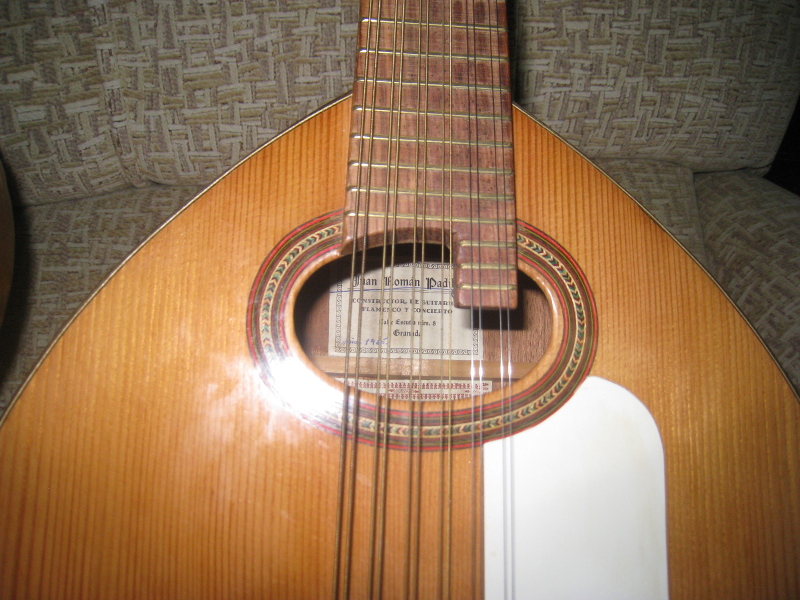 One thing I found particularily interesting is Juan’s account of Antonio Marin and Manuel Bellido coming to him very early in their joint venture looking for work. He then agreed to take instruments that they had made and sell them under his own label giving them some of their first steady work.
One thing I found particularily interesting is Juan’s account of Antonio Marin and Manuel Bellido coming to him very early in their joint venture looking for work. He then agreed to take instruments that they had made and sell them under his own label giving them some of their first steady work.
Juan has taught a few people to make guitars: Sumio Kurosawa, the brother of the japanese guitar mogul who then turned that knowledge to good use (we assume), his uncle the cabinet-maker who never made many guitars, and an american whose last name he could’t remember. His guitars were sold in different parts of Spain, in Germany by Hohner and in many other countries including Japan.

